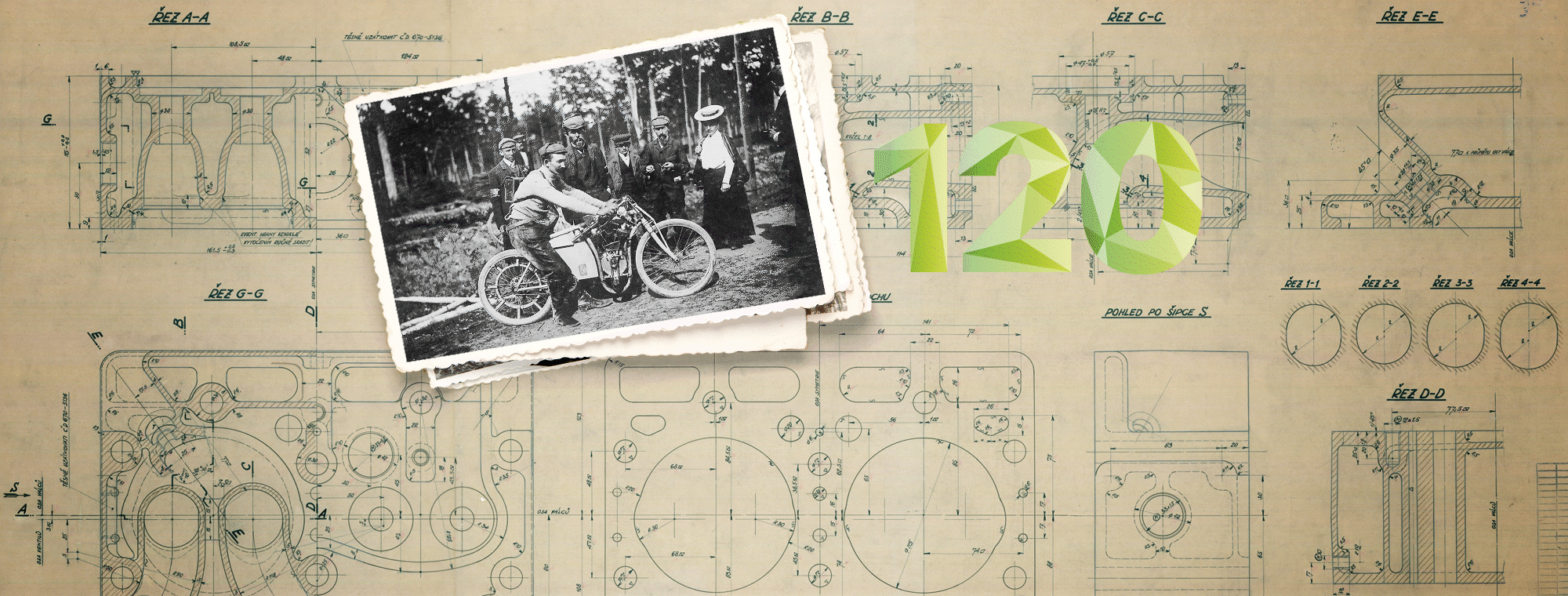“At the finish line of every time trial I switch the car from racing to transport mode, at which point the main panel displays all the key data on temperature and pressure. The co-driver takes a photo of the display and sends it to the engineer. It’s nothing sophisticated, we just use WhatsApp,” laughs Jan Kopecký, who was born in Opočno in East Bohemia.
Before a refuelling area, the co-driver calls the race engineer and tells him how much fuel there is in the tank. The race engineer then calculates the exact amount of fuel needed. “With their years of experience, race engineers know what the car’s consumption is when not racing and in specific types of racing stage. Based on that, they can calculate how many litres of fuel are needed to ensure the car does not run out of fuel but is as light as possible while complying with the prescribed weight limit,” Kopecký says.
“If there is a technical problem or question, the crew calls the race engineer and tries to sort it out. In the car there is the same manual the race engineer has – so they can identify the defect,” Bezděk adds.




 Filip Bezděk
Filip Bezděk

























